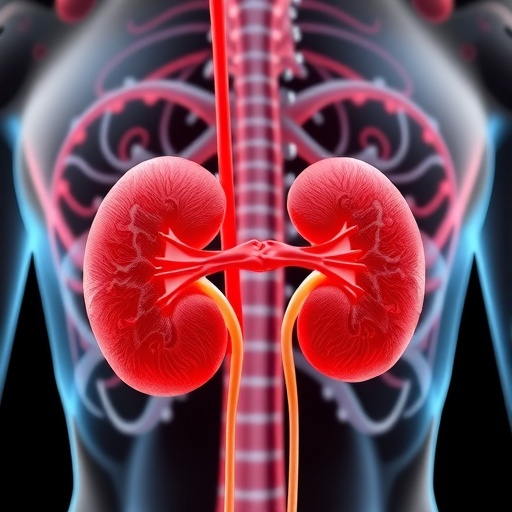New research presented at this year’s European Congress of Clinical Microbiology & Infectious Diseases (ECCMID) in Amsterdam, Netherlands (13-16 April) shows that petting zoos can create a diverse reservoir of multidrug resistant (MDR) bacteria, which could lead to highly virulent drug-resistant pathogens being passed on to visitors.
The study is by Professor Shiri Navon-Venezia of Ariel University, Ariel, Israel and colleagues, and aimed to explore the prevalence, molecular epidemiology, and risk factors for animals in petting zoos becoming colonised by MDR bacteria. Petting zoos are a popular attraction around the world, allowing direct and indirect exposure of both children and adults to a diverse range of animal species. They are different from regular zoos because rather than visitors just looking at the animals, petting zoos are interactive with children visiting, holding and petting the animals.
Extended spectrum beta-lactamase (ESBL) and AmpC-producing Enterobacteriaceae (AmpC-E), which are resistant to a number of commonly used antibiotics, have become a matter of great concern in both human and veterinary medicine, so understanding the likelihood of them colonising the animals is critical to evaluating the risk that may be posed to visitors.
The researchers did a study across 8 randomly chosen petting zoos geographically distributed throughout Israel, taking samples of faecal matter as well as from the body surface (skin, fur, or feathers) from 228 animals belonging to 42 different species. Genetic sequencing was used to identify both the species of bacteria in each sample, and the presence of ESBL and AmpC drug resistance genes. Zoo owners were given questionnaires about the ages and medical histories of their animals which were analysed to determine additional risk factors.
In total, 382 samples were collected from 228 animals, and 12% of the animals were found to be colonised with at least one ESBL/AmpC-producing bacterial strain, with 35 different recovered species of bacteria. The majority (77%) of the MDR bacteria were obtained from faeces, with the remaining 23% coming from skin, fur, or feathers. A quarter of those animals which tested positive for drug-resistant bacteria were colonised by more than one bacterial strain. Among the bacterial strains identified, were the highly virulent E. coli ST656, which causes travellers’ diarrhoea, and E. coli ST127; a frequent cause of urinary tract infections in humans.
Analysis of the data revealed that if an animal was treated with antibiotics it was seven times more likely to shed MDR bacteria. The study found that petting zoos provide a reservoir for a diverse range of ESBL/AmpC-E species, and are a potential source for shedding these highly virulent pathogens that may be transmitted to humans –mostly children — that occasionally visit these facilities.
Professor Navon-Venezia concludes: “Our findings demonstrate that animals in petting zoos can result in shedding and transmission of MDR pathogens that may cause illness for human visitors, even when the animals appear healthy. We recognise the high educational and emotional value of petting zoos for children, therefore, we strongly recommend that petting zoo management teams implement a strict hygiene and infection control policy, together with rationalised antibiotic policy, in order to reduce the risk of transmission between animals and visitors.”
She adds: “Immediate actions by zoo operators should include installation of handwashing stations to ensure proper handwashing before and after petting animals, prohibiting food and drinking near animals, and also not allowing petting of animals receiving antibiotic treatment.”
###
Media Contact
Shiri Navon-Venezia
[email protected]




